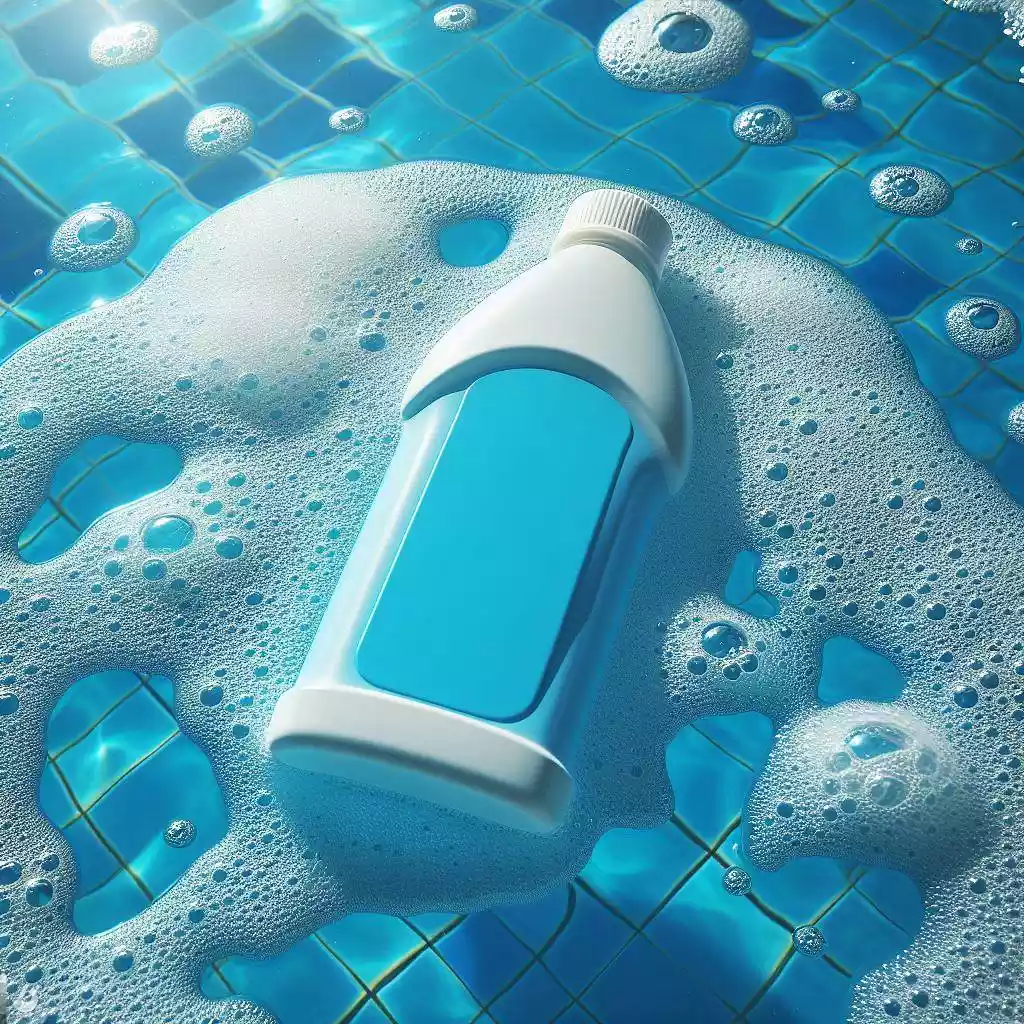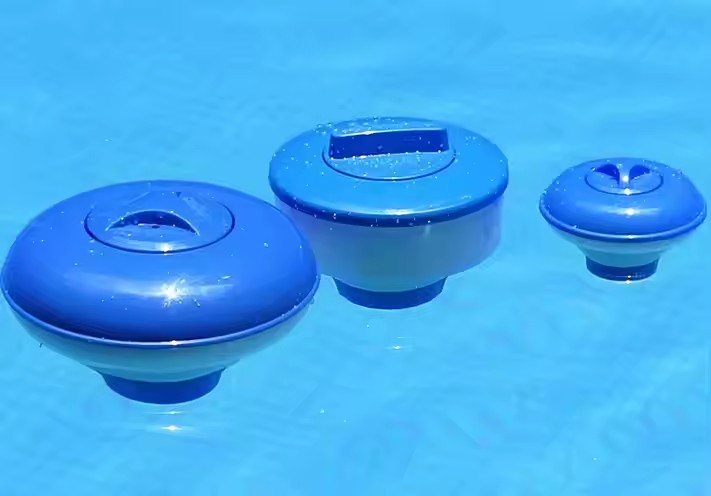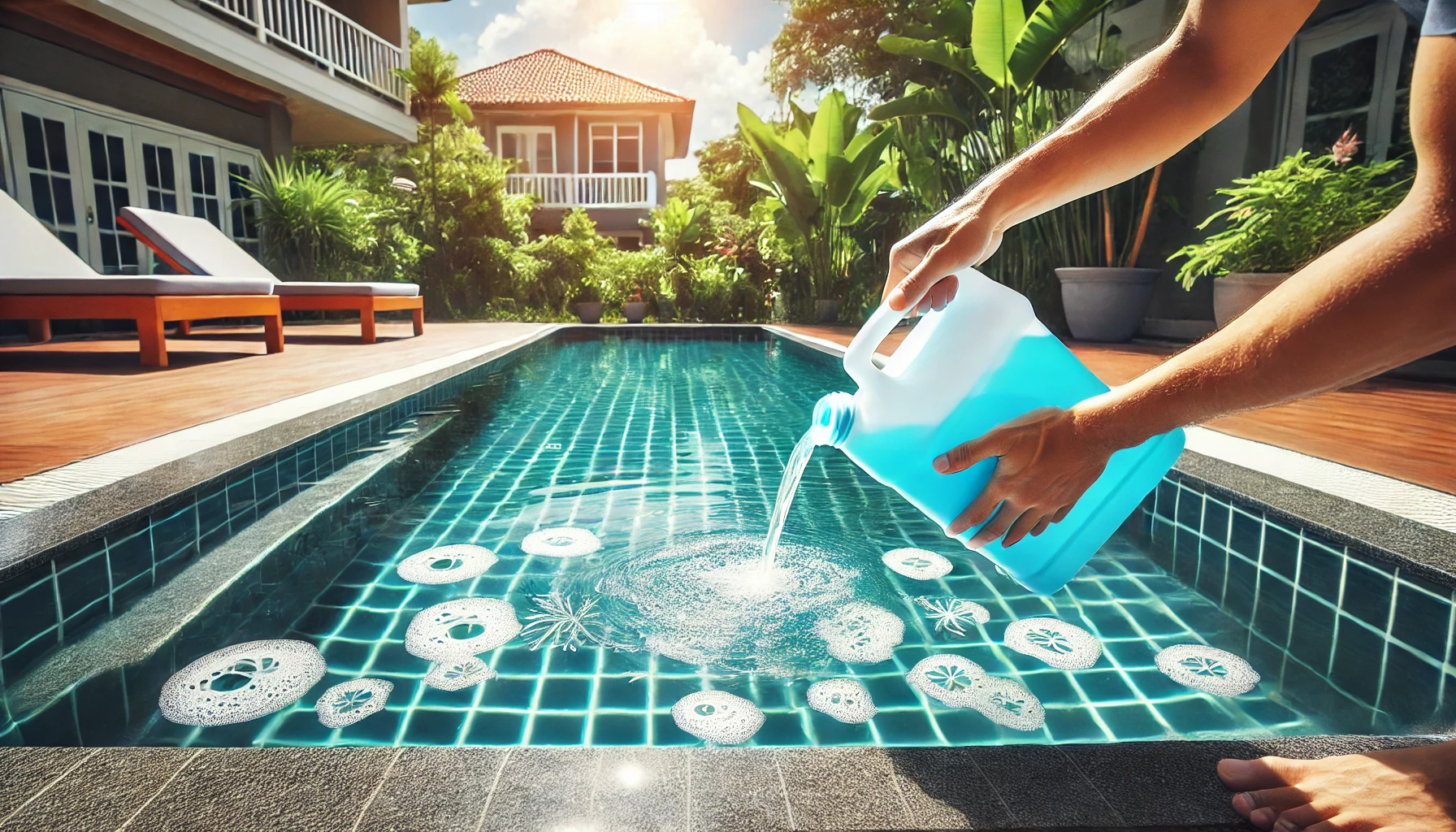Maintaining a pool sand filter is crucial for clean and clear water. A well-maintained filter keeps your pool safe and inviting. This guide will walk you through the necessary steps to keep your sand pool filter in top condition. We will also discuss the best practices for using sand for pool filter systems.
I. Understanding Your Sand Filter
A sand filter uses sand to trap dirt and debris. Water flows through the sand, and impurities get caught in the grains. Over time, the sand can become clogged and less effective. Therefore, regular maintenance is essential for optimal performance.
II. Regular Backwashing
Backwashing is a crucial part of maintaining a sand pool filter. It helps remove trapped dirt and restore flow. You should backwash your filter every 4 to 6 weeks.
To backwash, start by turning off the pump. Then, set the filter valve to the “backwash” position. Turn the pump back on and let it run for 2-3 minutes. Watch the sight glass to see when the water runs clear. After that, turn off the pump again.
Next, set the filter valve back to the “filter” position. Finally, turn the pump back on to resume normal operation.
III. Checking the Pressure Gauge
Regularly check the pressure gauge on your sand pool filter. The gauge indicates the pressure within the system. A pressure increase of 8 to 10 psi indicates it’s time to backwash.

Keeping an eye on this gauge helps prevent unnecessary wear on your filter. If the pressure stays high after backwashing, consider other issues. There may be clogs elsewhere in the system.
IV. Cleaning the Sand
Over time, the sand in your filter can become dirty and compacted. Regular cleaning of the sand for pool filter is necessary for efficiency. You should replace the sand every 3 to 5 years.
To clean the sand, first, turn off the pump and set the valve to “recirculate.” Next, remove the top of the filter. Carefully take out the sand and inspect its condition.
If the sand appears compacted or dirty, it’s time for a replacement. Use high-quality sand for pool filter applications. Make sure to use the correct type and size as specified by the manufacturer.
V. Inspecting the Multiport Valve
The multiport valve controls the flow of water through your filter. Regularly inspect it for any signs of wear or damage. If the valve is not functioning properly, it can affect the filter’s efficiency.
Check for leaks around the valve. If you notice any, replace the gasket or the entire valve. Regular maintenance of the valve will enhance the overall performance of your sand pool filter.
VI. Skimming and Vacuuming the Pool
Maintaining a clean pool helps your sand filter function better. Regular skimming and vacuuming prevent debris from entering the filter. Skim the surface of the water daily to remove leaves and debris.
Vacuum the pool weekly to eliminate dirt and algae from the bottom. This reduces the workload on your sand pool filter. A cleaner pool means cleaner water and less strain on your filter.
VII. Monitoring Chemical Levels
Proper chemical balance is essential for pool maintenance. Regularly test your pool water for pH, alkalinity, and chlorine levels. Keeping these levels balanced helps prevent algae growth and other issues.
Additionally, balanced water reduces the amount of dirt and debris that enters the filter. This means your sand pool filter will work more efficiently. Use test strips or a testing kit for accurate readings.
VIII. Using a Pool Cover
Using a pool cover can help keep your pool clean. A cover prevents debris from falling into the water. It also helps reduce the need for frequent cleaning.
Moreover, a pool cover can help maintain water temperature. This can reduce the amount of heating required, saving you energy costs. Using a cover will benefit your sand pool filter by minimizing debris accumulation.
IX. Scheduling Professional Maintenance
While regular DIY maintenance is essential, consider scheduling professional services. Professionals can perform thorough inspections and cleanings that may be difficult to do yourself. They can also identify potential problems before they escalate.

Having a professional maintain your sand pool filter can prolong its lifespan. Additionally, it ensures that your filter operates at peak efficiency.
X. Conclusion
Maintaining a pool sand filter is vital for clean and clear water. Regular backwashing, pressure checks, and sand cleaning are essential tasks. Always use the correct sand for pool filter applications when replacing sand.
Additionally, keep your pool clean and monitor chemical levels. Using a pool cover can also help reduce maintenance needs. Finally, don’t hesitate to schedule professional maintenance.
By following these steps, your sand pool filter will continue to work effectively. Enjoy a clean and inviting pool all season long!


